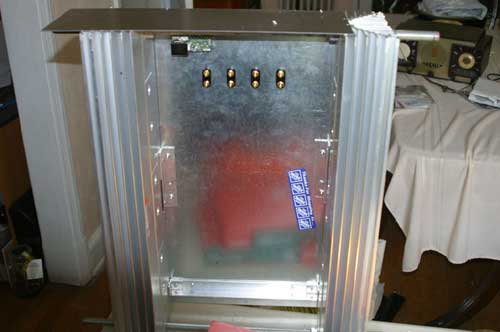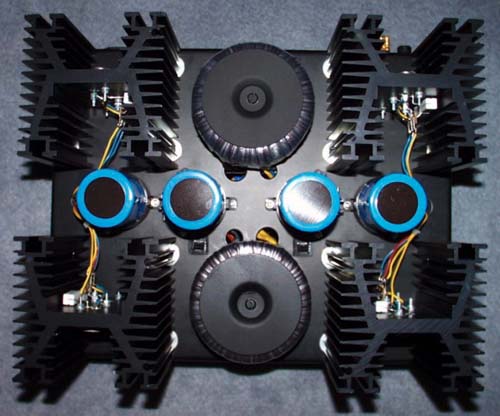

I must say that I have been very gratified by the response to the Zen amplifier from the last issue of TM. Since writing the article I have had an opportunity?to build another 25 copies of the amplifier, listen to it on a larger variety of loudspeakers, absorb criticism from the readership, and generally meditate on the project. Areas of criticism of the design all relate to the objective, measurable performance, but in addressing them, I found that the subjective performance improved with the measurements. All of the changes are performed without altering the original topology of the project amplifier.… More...
The meters on our amplifi ers are different. They refl ect the current consumption of the amplifi er, and when the amplifi er is operating, they don’t go down to zero like the meters on other amplifi ers. This is because the electrical current consumption of our circuits has a fairly high value at all times, a property called the bias. The bias current runs through the amplifi ers at a minimum value, determining the class of operation – Class B, Class AB, or Class A. Class B has no bias current, Class AB has a moderate bias current, and… More...
Copyright © 2016 Pass Laboratories, Inc. All rights reserved
Telephone: 530.878.5350